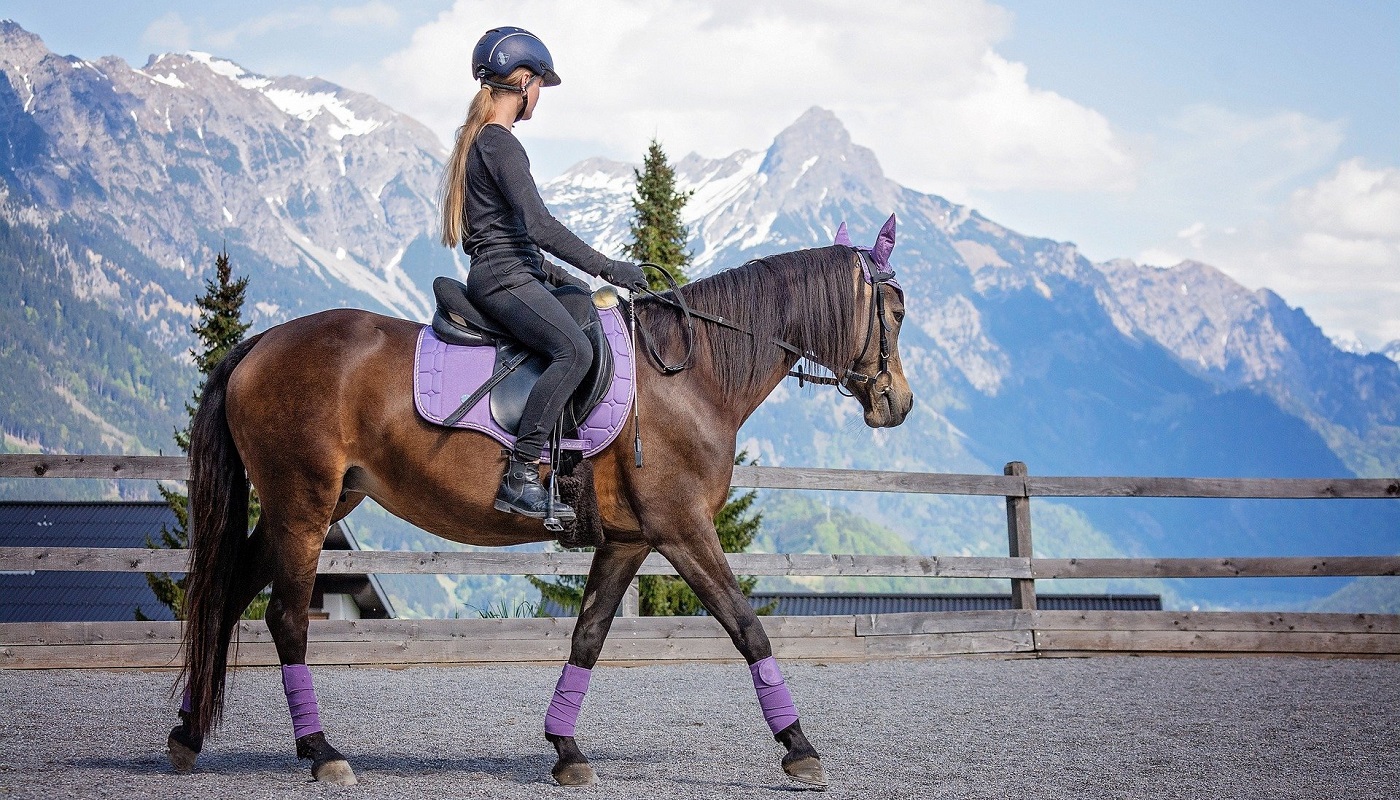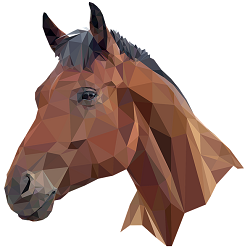
There are certain safety rules for getting on a horse. Let’s look at them.
Boarding can be done from the ground or some elevation. Elevated version is more preferable and comfortable: it allows not to overload the horse on the left side and not to pull the left forelock. But it is very important to be able to dismount from the ground too, because if you have to dismount from a horse, for example in the field, without this skill it will be difficult to be back in the saddle.
From the ground:
Throw the reins around your horse’s neck and walk to your left, keeping your left hand with the reins at your horse’s withers.
Keeping the reins in contact, grasp the mane with your hand.
Place your left foot in the stirrup.
With your right hand grasp the back bow or the opposite side of the saddle. Remember that not all saddles can withstand grasping the bow, for example, the high bow of a dressage saddle may break if you lean on it often when seated.
In a one-two-three push your right foot off the ground and resting your left foot in the stirrup, bring it to the other side of the horse, gently lowering into the saddle.
Catch the second stirrup.
From the elevation:
Bring the horse to the dais with his left side, give the command to stand.
Throw the reins around the neck and hold the horse by the reins and stand on the dais. 3.
Dial the reins to contact.
Put your left foot in the stirrup, bring your right foot over the horse and sit down gently.
Catch the second stirrup.
If the horse doesn’t want to stand still when sitting down, sags, goes to the side or tries to bite, ask the trainer to hold him down. Once in the saddle, do not let the horse go immediately, if he tries to move immediately after touching your buttocks to the saddle, insist that he stop.
